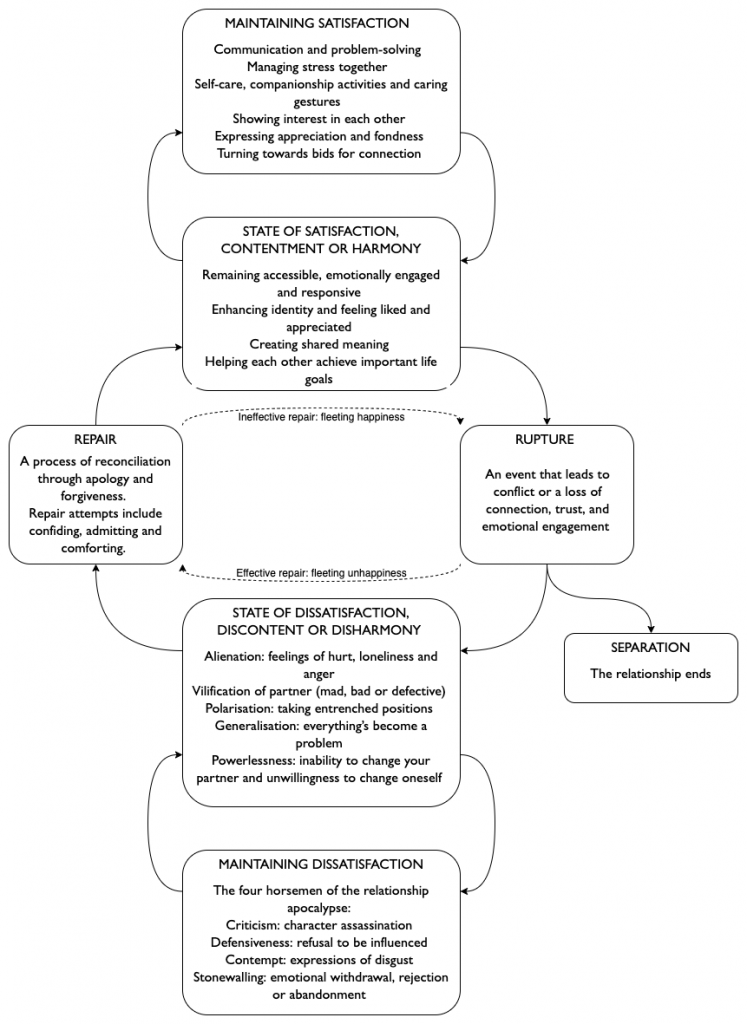The Art of War is an ancient book that contains ideas and tips for dealing with an armed confrontation. It brings together aspects of philosophy, martial arts and has been applied, in whole or in part, in almost every culture and in almost every age. Part of the idea that in a war strategy it is much more important than strength or numerical superiority.
The text insists that the best war is one that does not happen, the goal of any real warrior is to avoid confrontation, because in this case both fighters lose, some more, others less, but neither will be unharmed.
- From there.
- Conclusions can be drawn for life.
- Because a war is not always the confrontation of two armies.
- But also occurs between seemingly unarmed people.
- In everyday life.
- Avoiding conflict as much as possible is a wise decision.
- The energy in a confrontation is very high.
- And it is rare for those who venture into one of these domestic battles to end up un injurious.
The book also emphasizes that it is necessary to understand the circumstances to discern when to attack and when to flee. Escape is seen as a tactic without a surrender. If the enemy surprises you, if the superiority is too strong in a certain situation. situation, if you’re not ready to stop the attack, continuing is absurd. These similar situations and situations indicate that the smartest thing to do is to run away.
Everything is applicable in our daily lives. Escape is a legitimate option on many occasions. If, as a result of an objective assessment, the escape has fewer negative consequences than confrontation, then this is the most reasonable alternative.
So far so good. The problem is that human beings sometimes act guided for reasons that are not very logical or very reasonable, often we use escapism as a strategy, although in the light of reason it is not the best option, in fact, sometimes we run away without real danger. Not even a definitive enemy are occasions when we flee from our imagination.
This happens when you feel inferior to the demands of a conflict or the conditions that present a challenge, running away becomes the first option, without really assessing the situation, in this case running away is to give up. You don’t run away to reorganize forces or rething the script. Nor does he escape a strategy to save himself from danger, but to avoid fantasies of defeat. In fact, fear runs away.
As if courage were not made of it: fear. As if to escape fear, we are in fact sheltering from real danger: our fantasies. There is an old legend that more or less describes the following situation:
A teacher and his apprentice arrived at the gates of a temple and were greeted by three angry dogs who were nevertheless tied up with chains; the apprentice was afraid and began to act desperately, which further exalted the animals, to the point of cutting off their bodies. bound and advancing towards the two men, so the master, instead of fleeing, did the opposite, stared at the beasts and began to run towards them with total determination, the animals were baffled and eventually drove him away. they did not flee from him, but from his determination. The apprentice approached and the teacher instructed him, “The only way to overcome fears is to go to meet him. “
Dogs, of course, are a metaphor. They tell us about those imaginary fears that disappear as soon as we face them.
Sometimes danger is alone in our minds. We are trapped by the ghosts of fear, the bad thing is that every time we run away it is as if we give him food to grow, so a vicious circle forms that only breaks the day we finally decide it is time. Only then will we have control over the option to escape or stay, depending on what the reason says.
Image courtesy of José Maria Cuéllar

